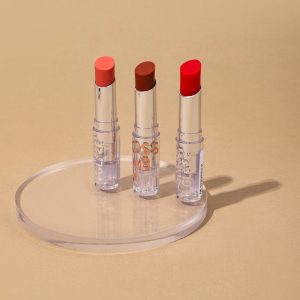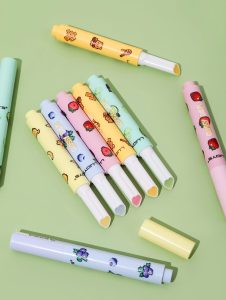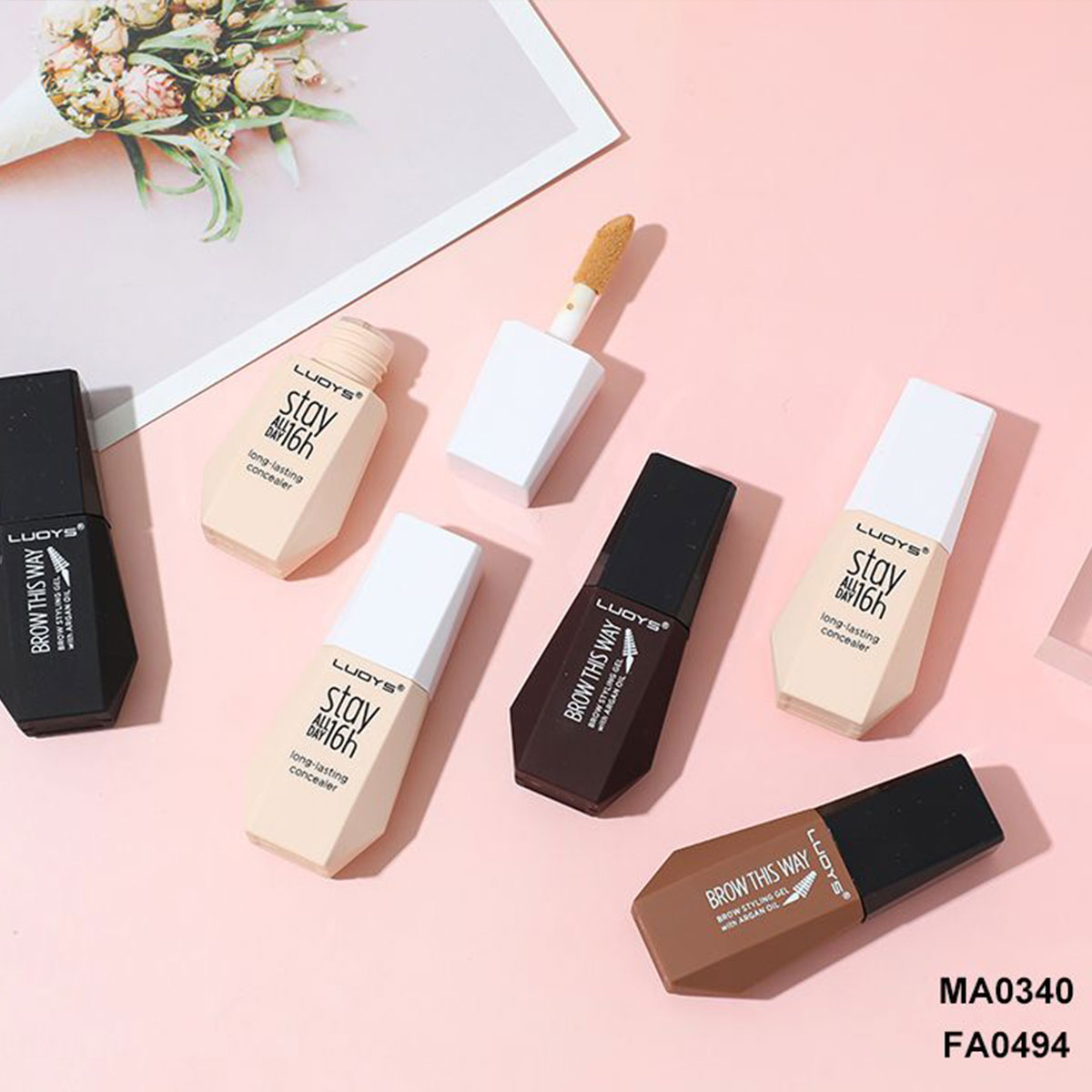The Surprising Science Behind How Lipstick is Really Made

In the world of cosmetics, few items capture grace and creativity like lipstick. Procurement managers and brand planners often face tricky supply chains. For them, grasping the detailed science of lipstick making is more than just theory. It is a key business move. This piece looks closely at the unexpected science that turns basic materials into those smooth, bright sticks on dressing tables everywhere. We will explore mixtures, steps, and protections. In this way, we see how exact engineering blends with chemistry. The result? Products that match strict worldwide rules.
A Brief History of Lipstick Formulation
Lipstick’s path from old dyes to today’s gems shows our lasting love for shade and feel. Bits of red earth on items from Mesopotamia around 5000 BC suggest early ways to colour the lips. But real change came in the 20th century. That is when experts started testing waxes and oils to make steady, easy-to-carry shapes.
This time we saw a shift from basic beeswax mixes to clever blends. It was all about strength and safety. Now, recipes use plastic chemistry and gel science. They help lipsticks handle weather challenges while sticking well to skin. For those in charge, this growth highlights why partners with deep past knowledge matter. They can spot coming styles, like green plant-based options.
The Core Ingredients: A Scientific Breakdown
Lipstick relies on a fine mix of chemistry. Each part has a clear job in touch, staying power, and security. Experts must handle how things dissolve, thicken, and fit with skin. The goal is a product that slides on evenly but does not blur. Let us break down the main bits.
Waxes: The Structural Backbone
Waxes give the solid form that lets lipstick keep its shape. Beeswax, candelilla wax, and carnauba wax come from nature. They build a crystal grid when they cool. This adds strength without being too hard. From a materials view, these fats show varied crystal forms. They change during warm-up and cool-down. This heat-reversible trait makes sure the stick comes out neatly from its holder.
In top recipes, man-made waxes like polyethylene raise melting points. They cut the chance of going soft in damp areas. Buyers in the field should remember that picking waxes affects looks and rules. Natural types often fit better with pure beauty demands.
Oils and Emollients: Ensuring Glide and Nourishment
Oils like castor oil and jojoba oil act as softeners. They ease the lips and help spread colour smoothly. Castor oil has ricinoleic acid. This gives a high light-bend rate for shine. Its thickness stops edges from spreading. Softeners also cut water loss through skin. That is vital for claims of long use.
Butter types, such as shea or cocoa butter, add a sealing layer. This holds in dampness. In science terms, these fat groups break down little on skin. They stay steady for hours. For top leaders, matching oil levels is crucial. It lets them adjust items for different places. Lighter mixes suit hot spots. Fuller ones work in dry lands.
Pigments and Dyes: The Art of Colour Dispersion
Getting bold, clear tones needs skill in bit size and spread. Iron oxides and titanium dioxide get ground fine, under 5 micrometres. They bounce light for cover without roughness. Dyes such as D&C Red 7 melt in the oil part. They offer see-through looks for light finishes.
The real surprise is in coating methods. Pigments wrapped in silica stop clumping. This boosts fade-proofing. Tests show how acid levels shift colour hold. Smart bosses use this to set high-end ranges apart. Here are key pigment traits in bullet points:
- Particle size: 1-10 μm for best cover
- Dispersion medium: Non-polar oils to stop sinking
- Lightfastness: Rated 6-8 on the Blue Wool Scale for stay-bright
This set of waxes, oils, and pigments makes up 60-80% of the mix. It shows how lipstick links beauty craft with chemical work.
The Manufacturing Process: From Lab to Lip
Making lipstick is like a well-tuned band of set factors. Heat, mix forces, and clean conditions all meet. Today’s plants use auto lines for steady results. Yet the steps keep a hands-on care. We outline the parts below. We note the science base too.
Raw Material Preparation and Safety Vetting
Before mixing starts, parts face tough checks. Getting from trusted sources ensures fit with Material Safety Data Sheets (MSDS), Certificates of Analysis (COA), and Technical Data Sheets (TDS). Germ and heavy metal tests use tools like atomic absorption spectroscopy. They spot unwanted bits. Even tiny lead can harm safety.
This step shocks some with its close look. Steady checks copy fast ageing under ICH rules. They guess shelf time with Arrhenius math.
Mixing and Heating: Emulsification Mastery
In warm pots, often steel ones at 80-100°C, waxes melt first. Then oils and pigments join. Fast-mix tools, up to 10,000 rpm, blend the hot mix. They break lumps with bubble bursts. Three-time grinding smooths the dough. It cuts bits for a soft end feel.
Emulsifying pots hold the mix steady. They add water-fit extras if needed. The gel science is striking here. Soaps lower edge pull. They stop split phases. A table shows tool jobs:
|
Equipment |
Function |
Scientific Principle |
|
Melting Pots (5 units) |
Initial wax liquefaction |
Phase transition at melt point |
|
Emulsifying Pots (5 units) |
Blend stabilisation |
Emulsion formation via HLB values |
|
Mixers (3 units) |
Homogenisation |
Shear-induced dispersion |
|
Powder Grinders (5 units) |
Pigment micronisation |
Comminution for uniformity |
Moulding, Cooling, and Finishing
The hot blend flows into cold brass shapes. Quick chill starts crystal growth. Removing gives perfect sticks. Auto eye checks spot flaws like air gaps.
Fill lines, half-auto for care, put items in tubes. Then labels and wrap seals follow. Cool speeds, set at 0.5°C/min, avoid bends. This ties to heat spread ideas.
All through, air watch keeps ISO 22716 levels. Clean rooms use push air to block dust.
Innovations Shaping Lipstick’s Future
New ideas stretch limits lately. Think tiny-wrapped helpers for need-based dampness. Or skin-like bits that copy lip fats. Bright-shine types use quick-dry silicones. They leave a full layer after dry. For bosses, these point to chances in green gets. Like sea-plant waxes that cut carbon marks by 40%.
Discover Limei Cosmetics: A Premier Lipstick Supplier

Nestled in Yiwu, Zhejiang, China, Limei Cosmetics stands as a beacon of excellence in lipstick manufacturing since 1993. Spanning 20,000 square metres with over 300 dedicated staff—including 20 R&D specialists and 10 quality inspectors—Limei delivers ODM/OEM solutions certified by FDA, EEC, and ISO 22716. Its robust output, such as 3,000,000 lipsticks monthly, supports global markets, with 50% destined for the US. Adhering to ‘quality first‘, Limei sources from trusted suppliers like BASF and conducts exhaustive tests, ensuring every batch meets SGS and Bureau Veritas benchmarks. For discerning professionals, Limei represents reliability fused with innovation.
Conclusion
The science of lipstick manufacture reveals a world where molecular precision meets aesthetic ingenuity, offering brands a canvas for differentiation. By grasping these layers—from wax matrices to pigment dispersions—decision-makers can forge partnerships that elevate product integrity and market edge. As formulations evolve, so too does the potential for sustainable, high-performance cosmetics that resonate with conscious consumers.
Frequently Asked Questions
What is the surprising science behind how lipstick is really made?
The process hinges on thermoreversible wax matrices and precise pigment dispersion, where high-shear mixing ensures uniformity while safety assays guard against contaminants—transforming a simple blend into a stable, skin-safe marvel.
How do quality controls influence lipstick production?
Rigorous steps like stability and heavy metal testing, aligned with international standards, prevent formulation failures, guaranteeing longevity and compliance for global distribution.
Can custom formulas enhance lipstick performance?
Absolutely; R&D teams tailor waxes and emollients to specific needs, such as high-shine effects via volatile oils, balancing glide with wear for targeted markets.
What role do certifications play in lipstick manufacturing?
Certifications like FDA and ISO 22716 enforce microbial safeguards and traceability, underscoring the surprising science of scalable, safe production.
How long does it take to develop a new lipstick formula?
Typically 45-60 days, encompassing safety evaluations and pilot runs to refine the emulsion’s viscosity and colour fidelity.


